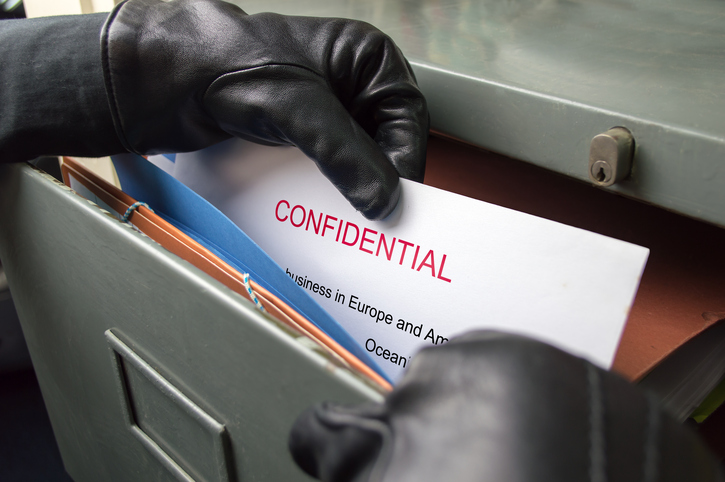A chargeback, also known as a reversal, is when a buyer asks their credit card issuer to reverse a transaction after it has been completed. Chargebacks are initiated by your customer’s credit card issuer.
Dealing with chargebacks cost time and money. You have to prove why your customer should not receive their money back. This process can take from a few days to weeks. Once a chargeback is iniitated by your customer, the funds are extracted from your bank account and held in escrow.
Chargebacks arise for many reasons, primary among which are customer disputes, fraud, processing errors, authorization issues, and non-fulfillment of copy requests. Many types of chargebacks result from easily avoidable mistakes and omissions.
Save time, money, and your sanity.
Use these 7 tips to reduce or eliminate chargebacks.
#7 Do not ship orders to a US address with a final destination in a foreign country.
At least not before making sure you verify the transaction and verify the cardholder.
Here is how this common scam works:
A customer calls up (or orders through your online store) and orders a large amount of high ticket items i.e computers, high value electronics, tire’s etc. They pay with a credit card and usually have the items shipped to a location different from the registered address on the credit card. The customer also reveals the shipment’s final destination is overseas. Sometimes, the customer will have you ship the items directly overseas. This scam requires the sales rep or business owner to be distracted by the high amount of the sale. The “customer” thinks the business will be so thrilled to get a sale 100 times more than they normally do, the business will do everything in their power to have the sale go through.
Don’t do it.
You will get a chargedback for the entire amount of the sale. Your merchandise will be gone, so will the funds from the sale.
If you get a sale over 50% of what normal sales, the customer is over the phone or the internet, and is shipping the items overseas. STOP! Do not fulfill the order until you do these things first.
- Call your credit card processessor and have them give you the number to the issuing back of the credit card your customer used.
- Call the issuing bank of the credit card and tell them you want to verify a sale with the card holder. The credit card issuing bank will confirm whether the name your customer gave you, is the name on the credit card account.
- Have the issuing bank call the cardholder and verify the sale.
- If the cardholder verifies the sale, you are good to go. If not, let the card issuing bank know what is going on and they will cancel that card number.
#6 Do not accept payment for goods you have not been approved to sell through your merchant account.
If you signed your merchant application and agreement as a supermarket do not use your merchant account to accept payment for furniture you sold your neighbor or a personal car you sold.
Only accept payment through your merchant account for the products you said you were going to sell when you signed up for your merchant account. If the cardholder charges back the transaction for any reason, it will be recognzied that you are in breach of your merchant agreement and that will result in you losing the chargeback.
#5 Do not run the same credit card within minutes of each other for many different amounts
A customer asks you to run their credit card 5 times for $1000.00 each all within a matter of minutes, instead of running one transaction for $5,000.00.
Or, you said your high ticket amount was only $800.00 so you do not want to run a transaction for $5,000.00.
This will be flagged by Risk and you may have to explain why you are running transactions this way.
Risk does not like it and may have all the transactions charged back.
#4 Pay attention to your equipment screen.
If you run a transaction and it declines, you do not have an authorization. DO NOT force the sale without an authorization.
If your equipment says to call in, Call in. Listen to your credit card terminal/equipment.
#3 Do Not Factor
Do not process credit card transactions for another business, then give them the money. This is a sure way to get charged back.
- You do not know what is being sold.
- You do not know what the terms of the sale is.
- You have now assumed liability for the transaction.
- You have not sold anything and you are accepting payment.
- Assuming there is no fraud involved (which their often is), a legitimate customer will receive an authorization on their credit card from a business where they did not shop.
#2 Maintain Accurate Business Information
Make sure your business name, address, phone number, average ticket, high ticket, SIC Code, product sold and how the product is delivered are correct. If any of this information is missing or incorrect, your customers may become confused. If an incorrect business name shows up on your customers credit card statement, your customer may charge it back.
Risk management may issue chargebacks on transactions processed through your account if the type of transactions coming through are different than what is on file.
#1 Unhappy Customer and a restrictive or unclear refund policy
The sale process should be transparent with all parties understanding the product, cost, delivery and return policy. Regardless of your return policy, some issuing banks will request a chargeback if their customer is unhappy with the transaction. An All Sales Final return policy may work sometimes, but not always. The key is to make sure the terms of the sale is understood by all.
These tips will not guarantee you will never have a chargeback, but if you use these tips, your chargeback percentage will be greatly reduced.



